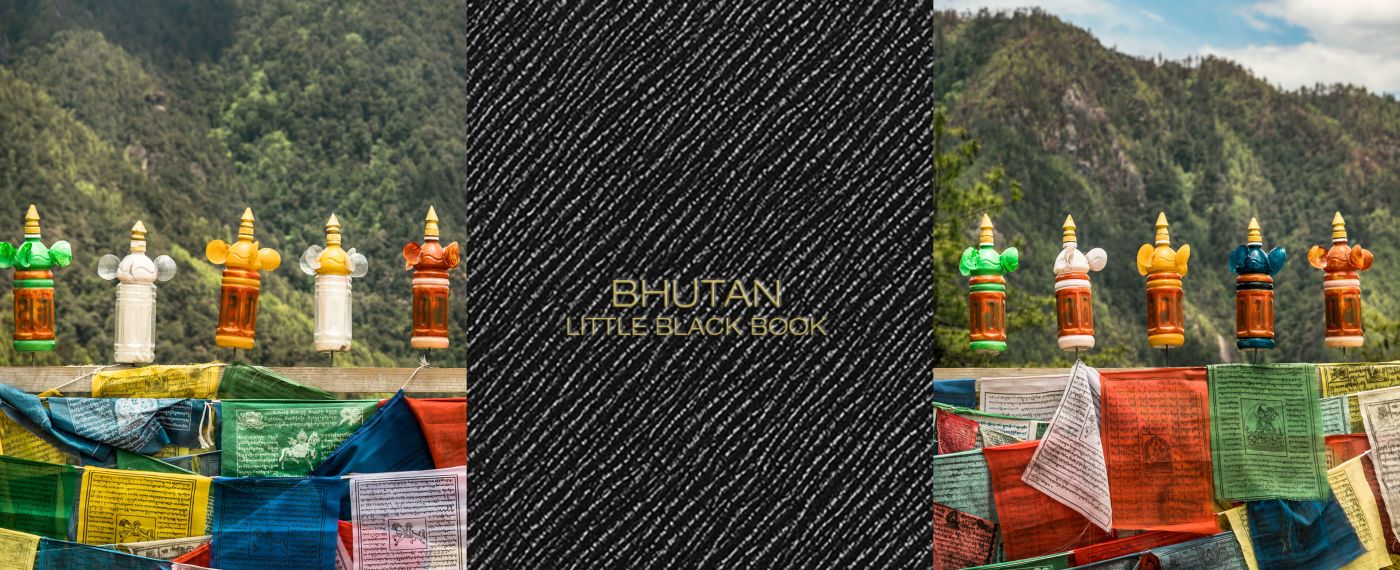
A visit to the mountain kingdom is a once in lifetime journey for most, so we’ve collated our best insider tips to make the most from your journey when staying at COMO Uma Bhutan.
Tiger's Nest
Perched 3,000m above sea level on a dramatic cliff-edge, the sacred Buddhist Taktsang Monastery (also known as the ‘Tiger’s Nest’) is arguably Bhutan’s most iconic landmark. Built on the meditation site of eight-century guru Padmasambhava, the monastery is composed of four main temples and eight meditation caves, carved deep into the rock. Offering panoramic views of the Paro Valley, the monastery is accessible via a scenic three-hour hike. Fluttering prayer flags line the way, designed to charge each pilgrim with peace, compassion, strength, and wisdom.

PUNAKHA FESTIVAL
The Punakha Tshechu festival in Bhutan is one of the largest of its kind in Bhutan, taking place annually in February or March in the stunning Punakha Dzong, the ancient capital of Bhutan. The festival is a vibrant celebration of Bhutanese culture and history featuring the iconic Serda procession, which re-enacts a pivotal battle against Tibet in the 17th century. It's an opportunity for pilgrimage, prayer, and family get-togethers, and is a truly unforgettable experience drawing locals and visitors from far and wide.

BABESA VILLAGE RESTAURANT
A mecca for authentic Bhutanese cuisine, Babesa is treasured by locals and tourists alike. On the outskirts of Thimphu in a rustic century-old farmhouse, this charming eatery is known for its cosy and rustic ambiance, and for the colourful Bhutanese textiles adorning its walls. Hungry hikers can sample iconic national dishes, such as ema datshi (chilli and cheese), and phaksha paa (pork curry) served with roasted rice, topped off with a traditional salted butter tea, all enjoyed while taking in the stunning views of the Himalayan foothills.
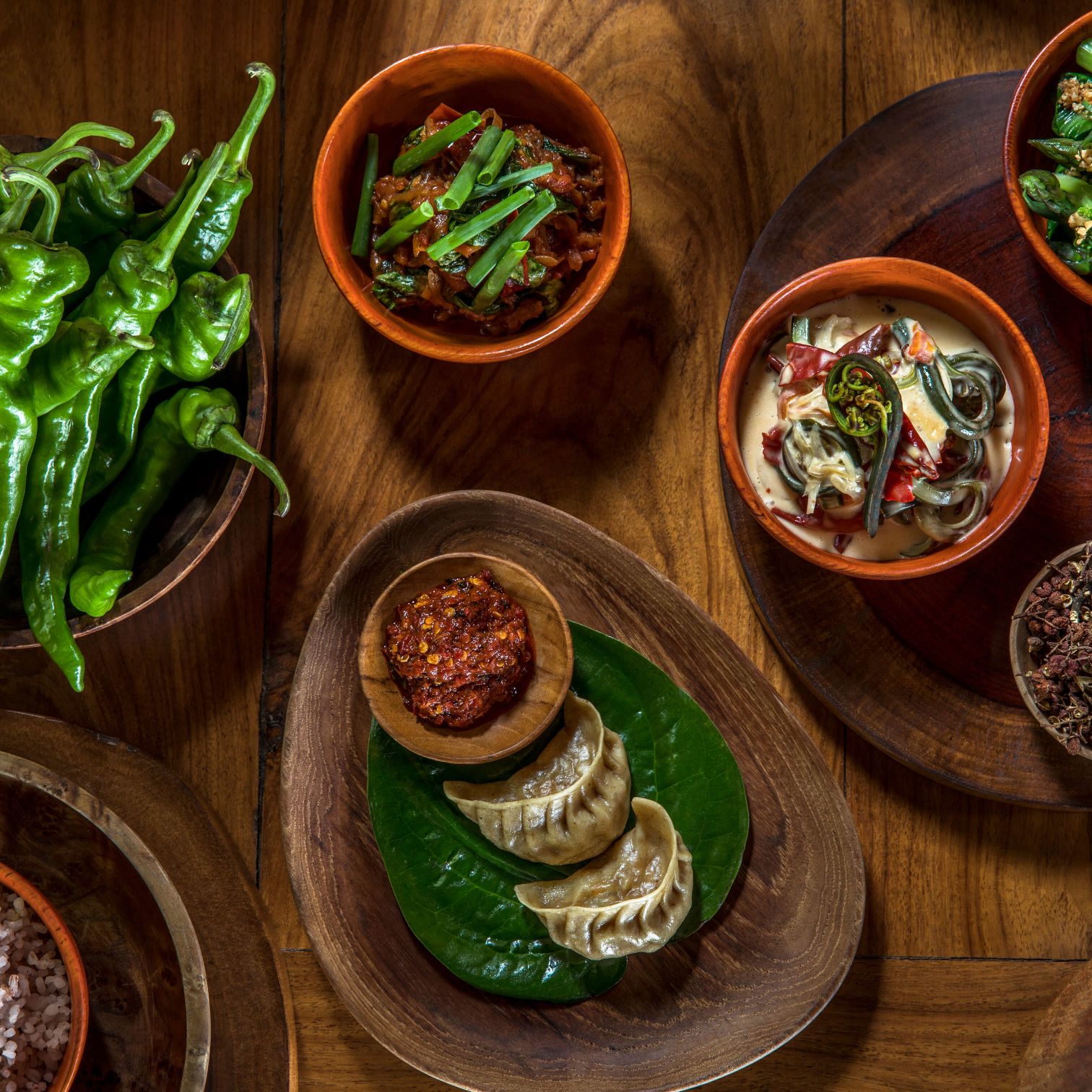
ROYAL TEXTILE ACADEMY
Witness the skill of traditional Bhutanese weavers, constructing beautiful designs using ancient techniques. This esteemed cultural institution in Thimpu is dedicated to preserving Bhutanese fabrics and crafts, ensuring the industry continues to evolve and thrive. Visitors can enjoy a museum stocked with an array of unique artefacts, and a conservation centre and textile showroom exhibiting scarves and shawls from local weavers. You can even try your hand at the Academy’s weaving school, under the guidance of expert weavers.

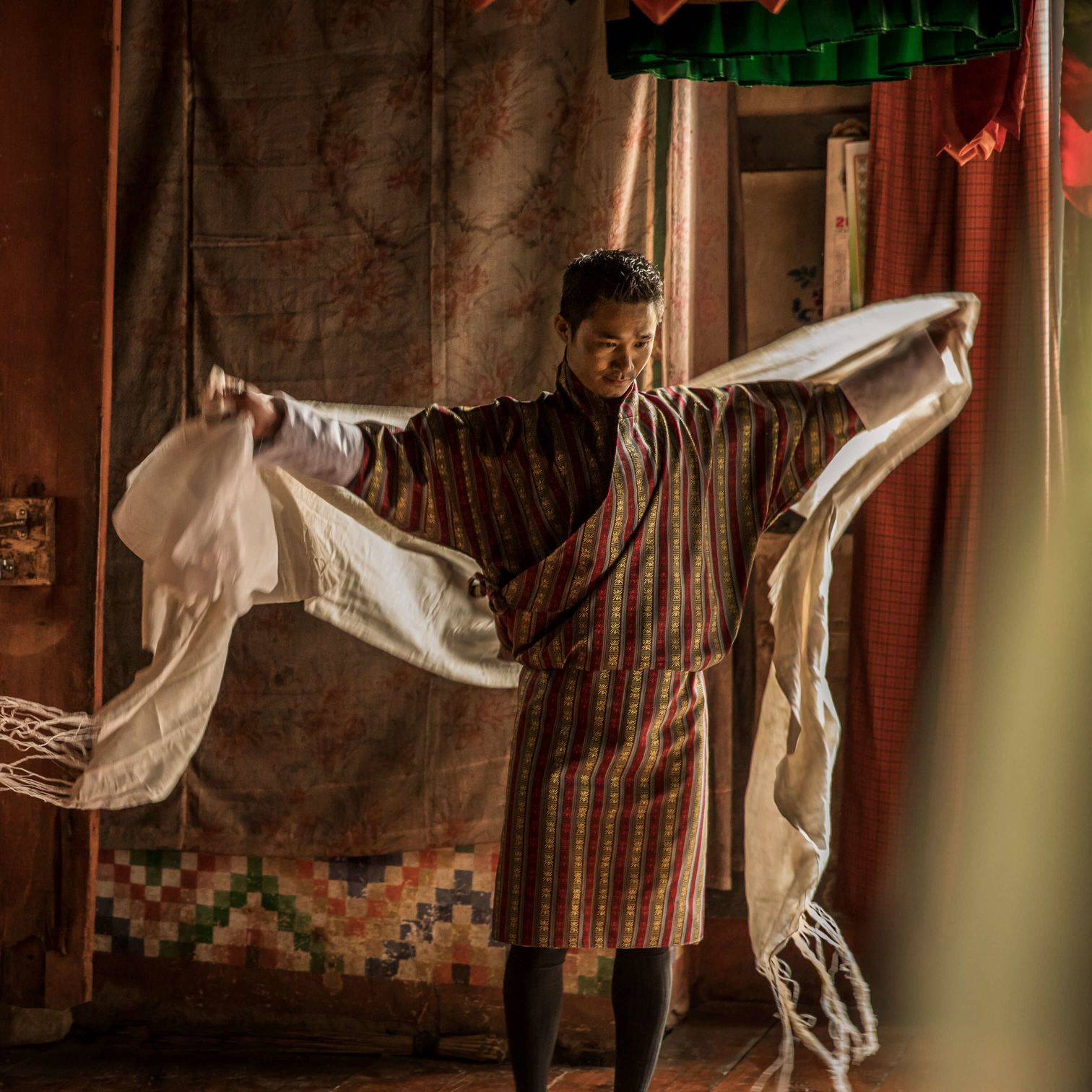
THE NATIONAL MUSEUM OF BHUTAN
Housed in an historic 17th-century watchtower (‘Ta Dzong’) overlooking the capital city of Thimphu, the National Museum offers a fascinating glimpse into the heart and soul of Bhutan. Take a break from bustling streets to discover cherished artefacts that have shaped Bhutanese society. Marvel at the museum's most revered treasures, including a sacred dagger thought to belong to Dorje Legpa, a protective deity oath-bound to defend Buddhism.
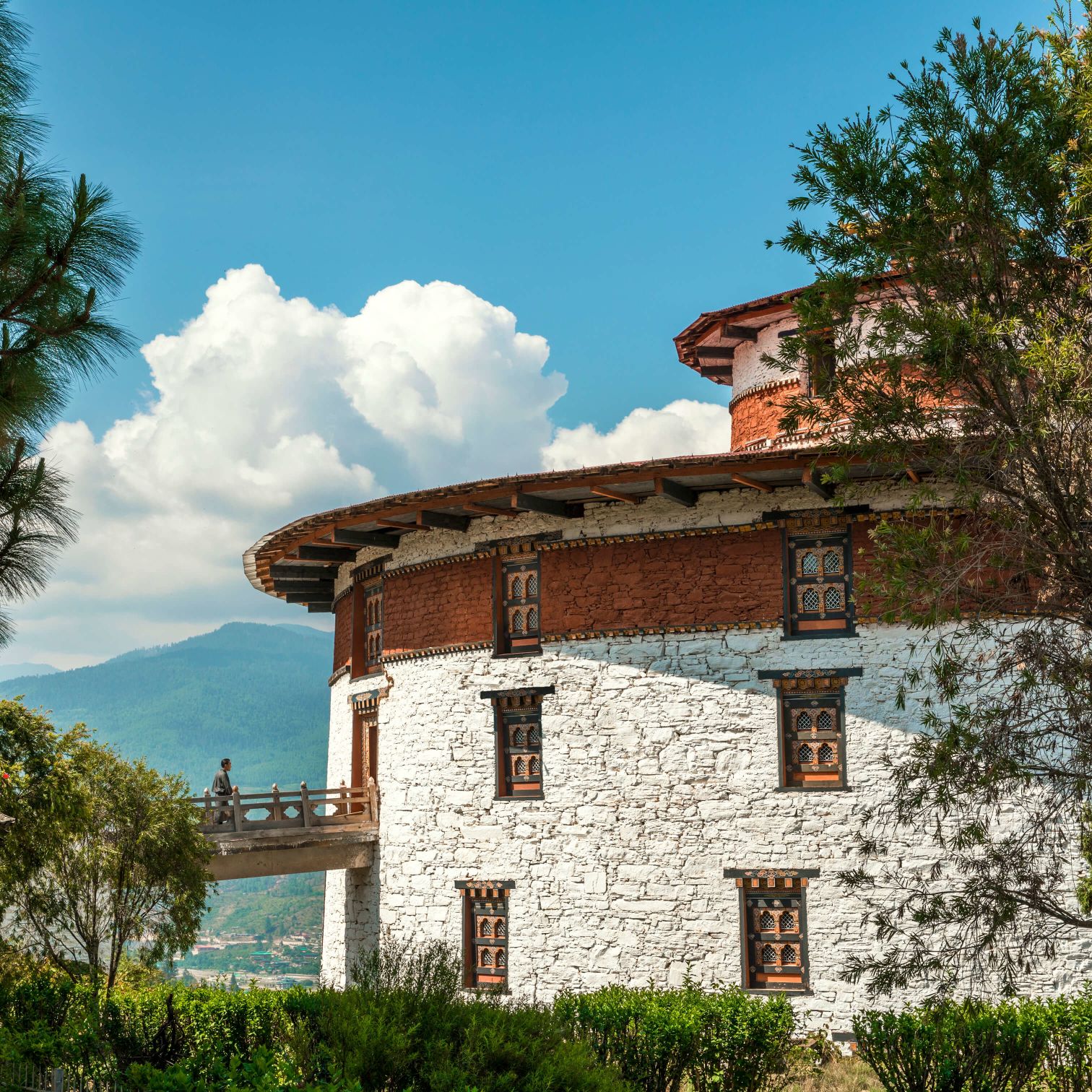
K5 WHISKY
Handcrafted using the pristine glacial waters of the Himalayan foothills, the finest organic grain spirits and blended with a 12-year old malt whisky from Scotland, K5 is a testament to the artistry of Bhutanese whisky-making. Created in honour of the fifth King of Bhutan, it is a symbol of power, majesty and balance, it is a fitting tribute to its namesake. Each sip is a celebration of craftsmanship and attention to detail, from notes of rich caramel to the lingering sweetness of honey and dried figs. Get a taste at COMO Uma bar.

THE PAINTING SCHOOL
Also known as the ‘Painting School’, the National Institute of Zorig Chusum immerses you in Bhutan’s rich artistic heritage. Here, skilled artisans train in the 13 traditional arts and crafts of Bhutan, including painting, sculpture, weaving, and wood carving, ensuring that these ancient skills are preserved for future generations. For those craving a hands-on experience, the institute’s short courses are a must-try. Led by experienced instructors, these classes will introduce you to the traditional art forms of Bhutan, and allow you to create your own masterpiece.
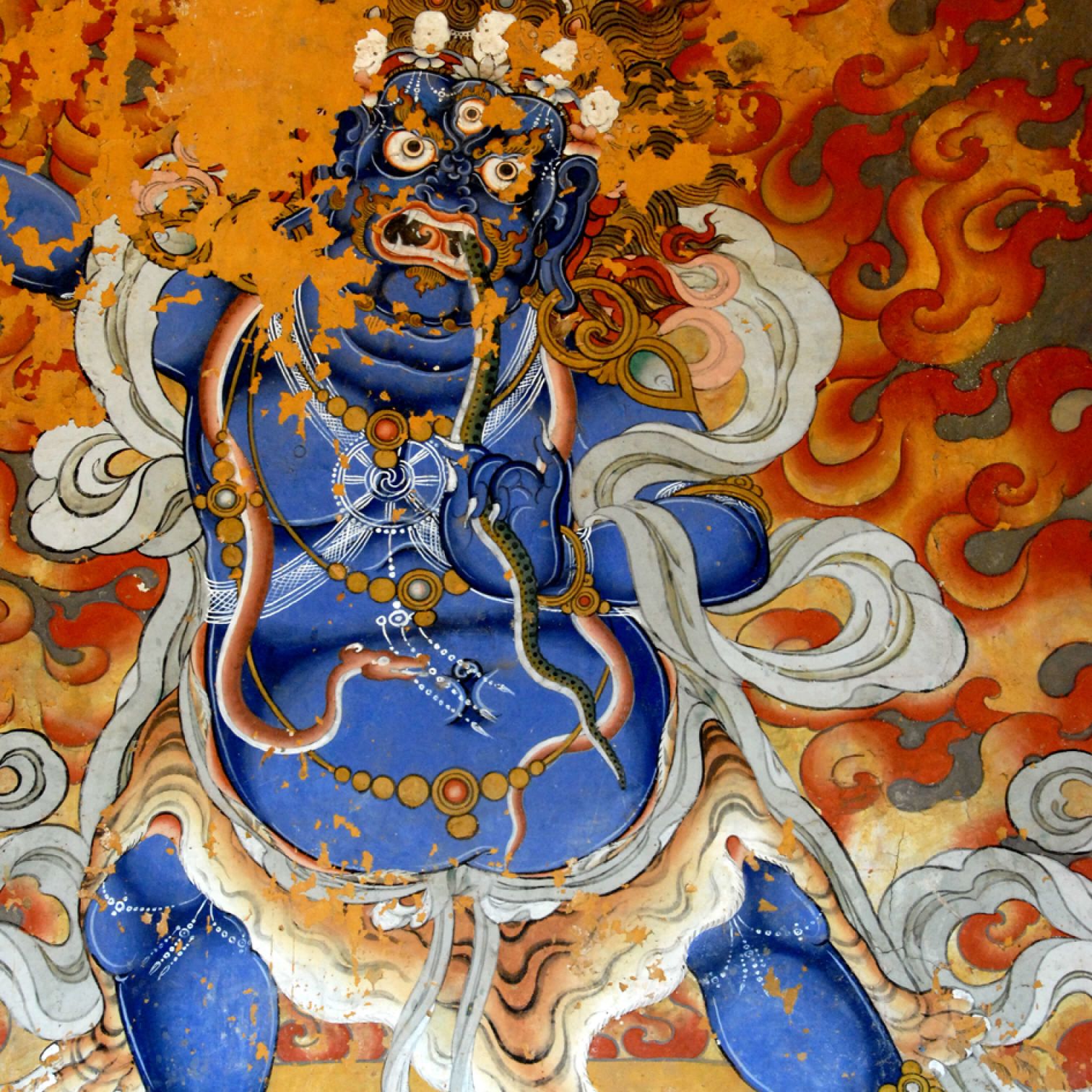
Explore Bhutan with the guidance of our expert concierge at COMO Uma Paro and COMO Uma Punakha.
